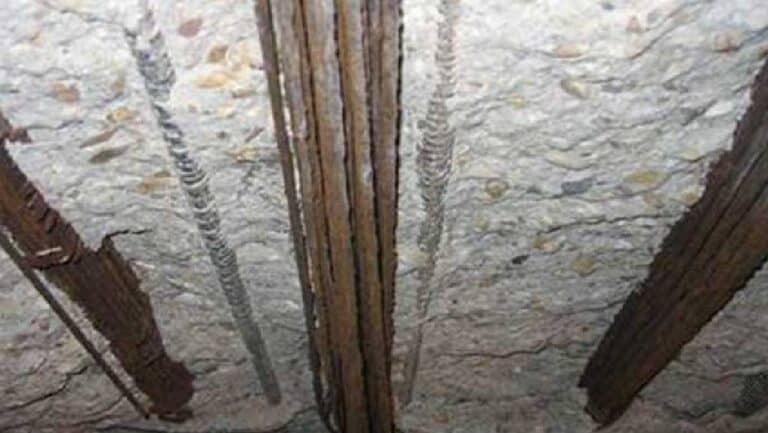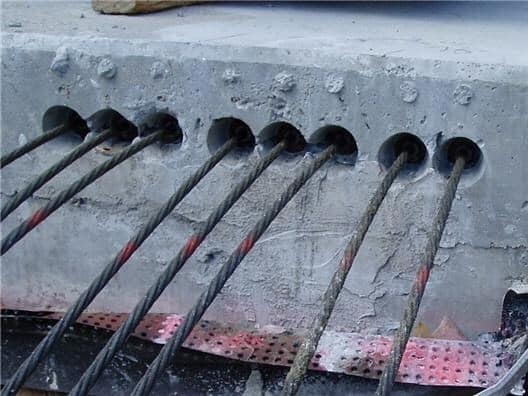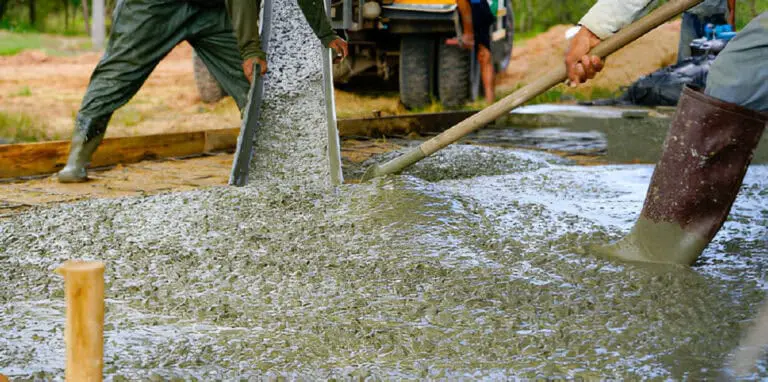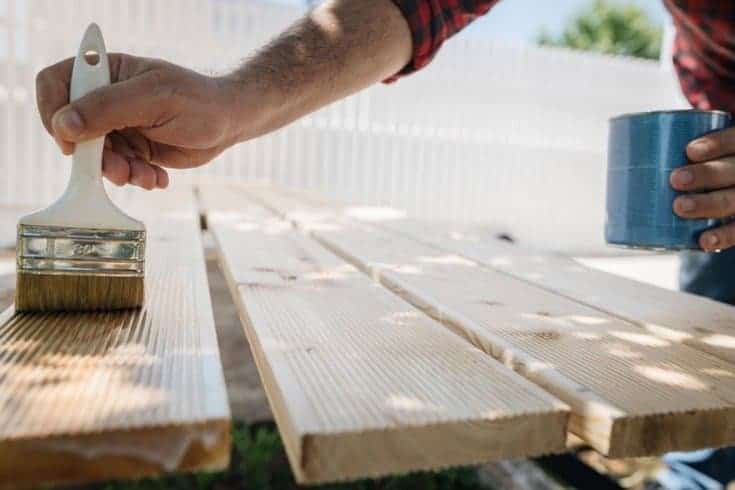Comparing Strength: Is Pure Cement Stronger Than Concrete?
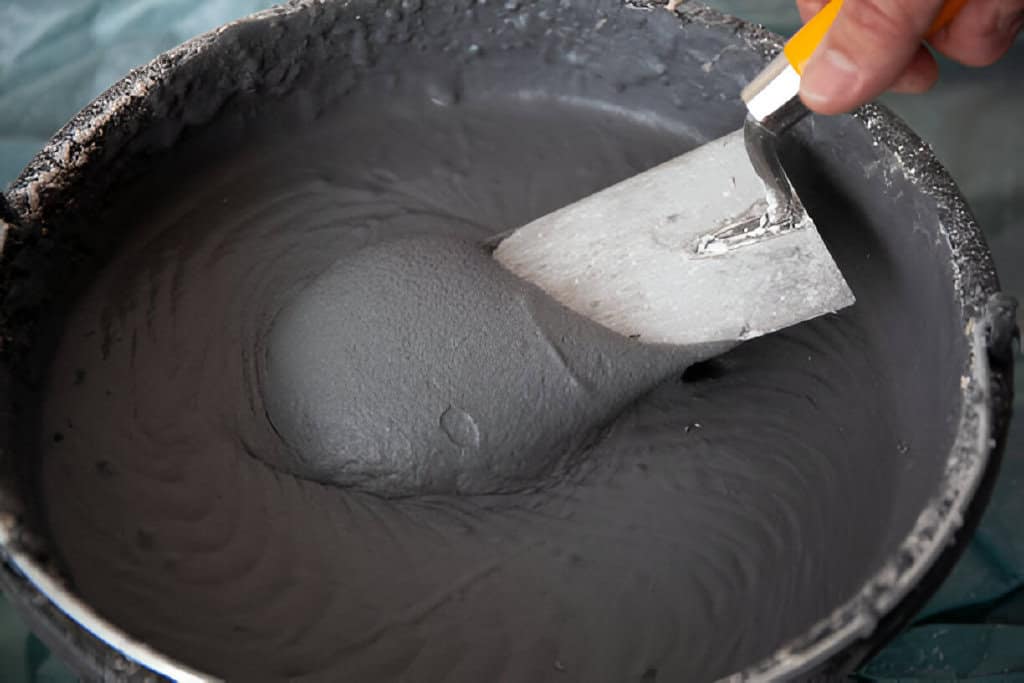
As towers reach for the sky and homes rest on sturdy bases, the backbone of these wonders lies in an interplay of two unassuming materials: cement and concrete. Though often used interchangeably in casual talk, their unique strengths offer a peek into the world of construction.
Imagine cement as the silent builder. It binds elements with steadfast resilience. Concrete is its robust offspring. It is strong under pressure, like an architectural juggernaut.
We invite you to explore the endless possibilities in mortar and aggregate blends. Journey beyond surface-level views and delve into the essence of structural artistry.
Knowing how pure cement differs from its mixed counterpart, concrete, reveals not just technical differences. It also uncovers stories of innovation in every building around us. So let’s embark on a voyage through grit and grain, unraveling the secrets behind what truly holds our built environment together – one slab at a time.
Exploring the Core Variations: Pure Cement vs. Concrete
A deep dive into construction materials reveals a key difference between pure cement and concrete. It goes beyond just their composition. While both are integral to building structures, their roles and characteristics set them apart in crucial ways.
Pure cement is a fine powder. It binds, making it key to strong mixes like concrete. On the other hand, concrete is a mix of components. It includes cement, aggregates, water, and additives. It is a strong, adaptable material. It is known for its versatility in many projects.
Further unraveling this disparity reveals a key factor influencing structural integrity: hydration. Pure cement hydrates when mixed with water. This starts a chemical reaction. It binds particles together to form strong solids over time. In stark contrast, concrete experiences not only initial hydration but also ongoing secondary reactions due to its composite nature. This evolution gives concrete an edge over pure cement. Its post-application changes are limited. Concrete is more resilient in the long run.
Read: Can You Use Joint Compound on Cement Board?
Unveiling the Untapped Power of Pure Cement
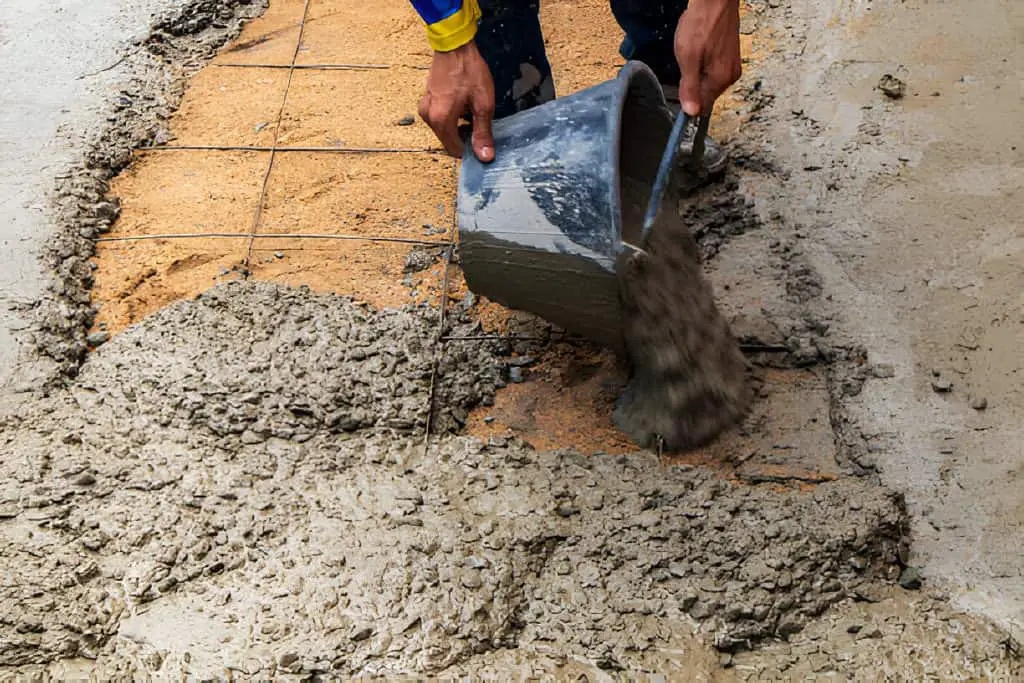
In construction, pure cement is a strong foundation. It is what we build on and where we place our dreams. Its strength lies in its ability to bind various components with unwavering solidity. It creates a backbone for buildings that defy time’s relentless march.
Unlike its composite counterpart, concrete, pure cement has a raw intensity. It speaks to the essence of withstanding unimaginable pressures and stresses.
Examining the molecules in pure cement shows a dance. Crystalline structures form a resilient, intricate web. From hydrated silicates to calcium aluminate phases, each part is vital. They fortify this architectural warrior against external forces.
Picture each grain of cement as a tiny fortress. It stands with its brethren to form a wall against nature’s attacks. Its pure composition supports the idea that simplicity can, if used well, create great strength. Skilled artisans can harness it.
Unlocking the Secrets of Concrete’s Strength
In construction, it’s vital to know concrete’s complex strength traits. The magic of concrete lies not only in its composition but also in how its various components interact to form a resilient and robust structure.
Beyond just being a mix of cement, aggregates, water, and additives, concrete embodies a synergy that elevates it to more than the sum of its parts. It’s not just about mixing ingredients. It’s about creating a symphony. Each element must play a key role in strengthening the final product.
Concrete’s strength comes not just from its resistance to forces. Compressive strength is important, but not the only factor. Instead, it lies in the mix of stresses that this material can withstand.
Concrete is highly adaptable and durable. It withstands tensile stress from stretching and flexural stress from bending. By dissecting these complex interactions in the concrete mixes, we find a world where structural integrity meets ingenuity. It creates long-lasting buildings that withstand time’s relentless march.
Also check: Will Joint Compound Stick to Concrete?
Factors Affecting Strength in Both Materials

When comparing pure cement to concrete, we must consider what affects their strength. In pure cement, hydration plays a pivotal role; the process by which water reacts with cement particles to form a solid matrix greatly impacts its ultimate strength. The ratio of water to cement, known as the water-cement ratio, significantly affects the density and porosity of the final product. Lower water content leads to denser formations with fewer pores, enhancing overall strength and durability.
On the other hand, when analyzing concrete’s strength, admixtures come into play as key influencers. Additives, like fibers or chemicals, can change properties. These include setting time, workability, and, most importantly, compressive strength. By introducing admixtures tailored to specific project requirements, engineers can fine-tune concrete mix designs for optimal performance in varying conditions.
Unveiling the Strengths in Application
When choosing between pure cement and concrete, their properties are key. Pure cement, with its high compressive strength, is often favored for projects where structural integrity is paramount. Its ability to withstand immense pressure makes it ideal for foundational elements like columns or beams that bear significant loads.
On the other hand, concrete offers a more versatile solution due to its added aggregates and water content. This composite material has the strength of cement. It also has better durability and workability.
Also, the choice between pure cement and concrete can affect timelines and costs. Pure cement may excel in some structures, like skyscrapers and bridge foundations, that need great strength. But, concrete’s adaptability shines in broader uses. It is ideal for paths and walls that need both durability and easy shaping.
Which Material Is Stronger Overall?
When it comes down to the ultimate question of strength, concrete emerges as the clear winner over pure cement. Both materials have their own uses. But, concrete is better. Its mix makes it durable and resilient for construction. Concrete is a strong mix of cement, water, and aggregates like sand or gravel. It often has additives for specific purposes. It can bear heavy loads and resist harsh conditions.
The added ingredients in concrete play a crucial role in enhancing its overall strength compared to pure cement. Water’s binding action with cement creates a chemical process called hydration. It forms the strong bond that holds concrete together. This interplay makes a material that can bear heavy weights over time. It won’t crack or weaken.
So, pure cement has its uses in specific tasks, like plastering or grouting. But, for demanding projects needing long-term stability and toughness, concrete is better. It provides unmatched strength.

